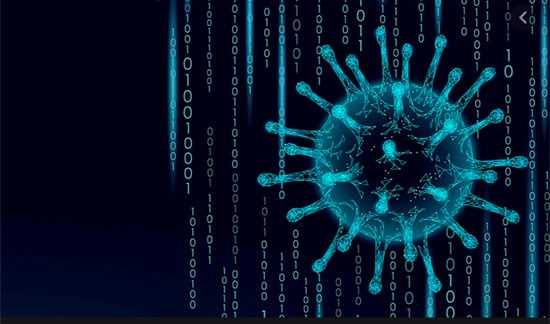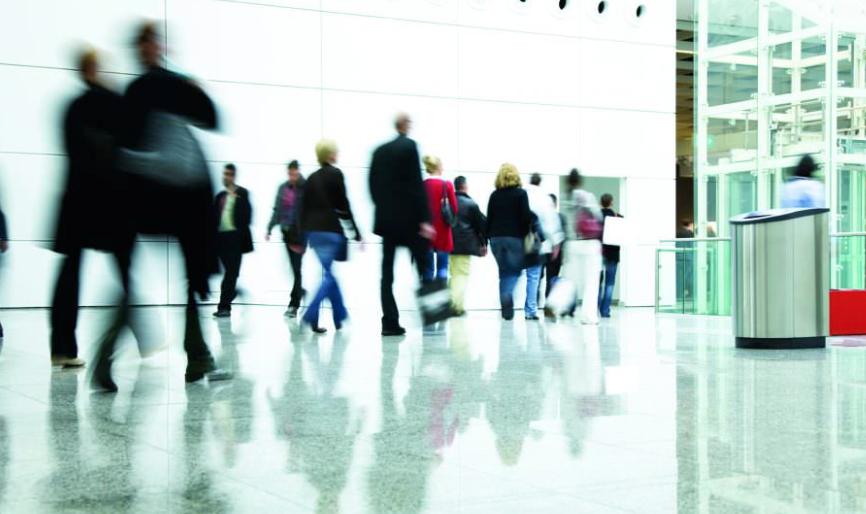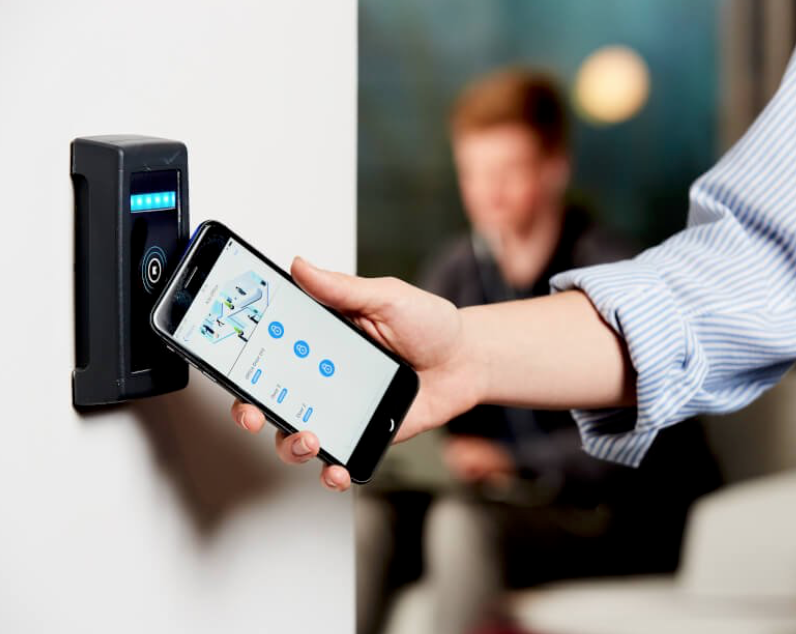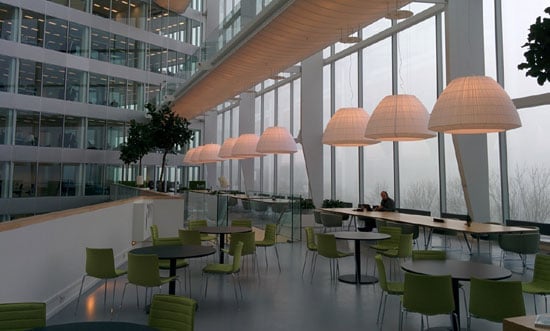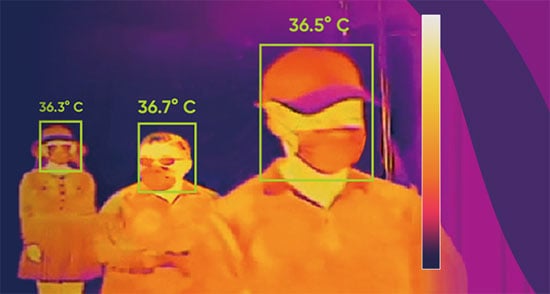The Role of Security in a COVID World
/ in 2020 /by John Krumme, CPP, Cam-Dex Security
How security is minimizing COVID-19 risk
We all know the benefits of a comprehensive security solution and program. Protecting people and assets has been priority number one for those associated with the security industry since its inception. The industry has accomplished this by developing new technologies and safety programs that help to keep unwanted visitors off a property and to proactively identify and alert authorities of an intruder.
Now, the security industry is finding itself in new territory and this includes helping to minimize health risks in a COVID-19 world. Technology originally developed to watch people entering and exiting an area is now being used to detect elevated temperatures. Access control systems developed with leading edge technology in mind, such as mobile credentials, are now recognized as touchless access control solutions that so many corporations and universities demand today.
As we look ahead to the future and move beyond just protecting people and assets, here are a few considerations relating to new ways that security technology is being leveraged.
Thermal Imaging Cameras
Thermal imaging camera technology has been part of the security industry for at least two decades. Using heat mapping technology, it has proved valuable to help identify individuals entering a predefined area at night when lighting conditions may make it difficult to detect a person using traditional surveillance cameras. However, until recently, their deployment has been limited primarily to military applications, perimeter protection and usage for high security areas.
Now, casinos, restaurants, and even hospitals are starting to deploy thermal imaging camera systems as part of their first line of defense to detect elevated temperatures. These specially designed cameras, which can detect a specific temperature in a person, are helping businesses to quickly screen customers and visitors using a method that requires minimal direct human contact with that visitor.
Security directors who are looking at implementing this technology are also considering future benefits. This includes developing a comprehensive Prevention Plan. The thermal imaging camera can be integrated to monitor and report social distancing. By integrating these cameras with other security technologies, you can maximize effectiveness, including responding more rapidly to the real-time data provided.
Touchless Entry
As more people look to limit the number of surfaces they touch when they enter a building, whether it’s the office, grocery story or school building, access control systems that support touchless entry has received additional attention over these few months.
Companies are investing in automatic door opening systems that integrate with a Proximity card reader or mobile credentials. While traditionally used for high traffic areas – such as entrances into large retail stores or large medical centers – automatic door entry systems eliminate the need for a person to touch a door handle to enter an area.
Leveraging touchless solutions, such as mobile credentials, instead of a keypad or biometric fingerprint system, minimizes contact with a specific security device. This is an important consideration moving forward, especially since the entrance into secure areas may be used by dozens of people in a given day.
Restricting Access
While managing access – who can come and go within a specific area – has been a focus for the security industry, corporations are looking at incorporating additional parameters into their access control systems. This includes restricting access to specific floors in a building for employees. Previously if a person worked at a business that individual may have been able to move around the building more freely. Working in conjunction with the elevator control system, that employee may only be permitted to exit the elevator on his designated floor.
In addition, access control systems are being used to help monitor the number of people within a specific area. For example, if the office lunchroom has a limited capacity of five people, access would be restricted until another individual badges out of that area.
Without a doubt, security technology has evolved over the years, incorporating new capabilities once never imagined possible. Now, due to COVID-19 the industry is finding itself in a new, expanded position, adding value not just to security but also to public health and safety.
